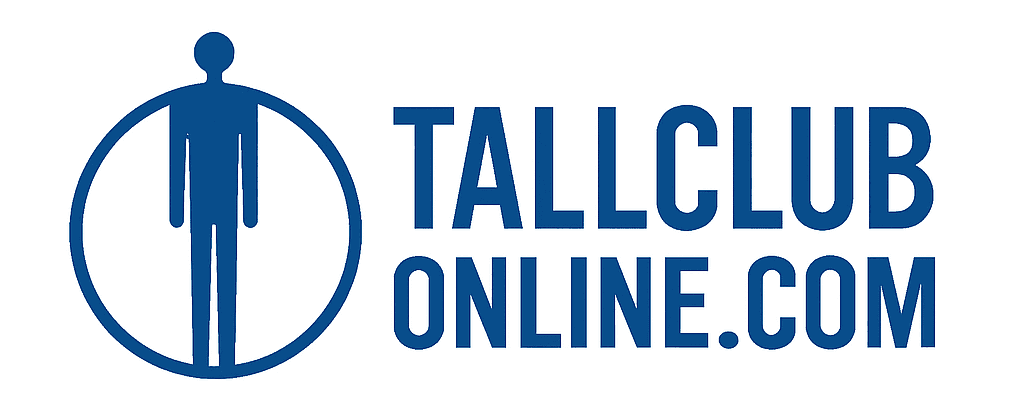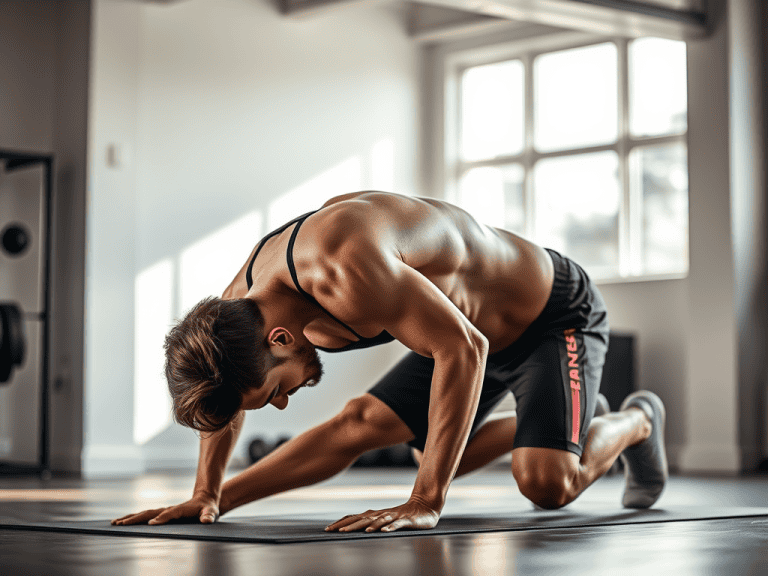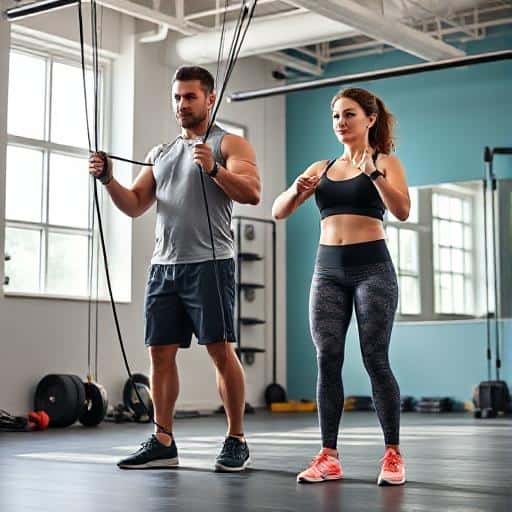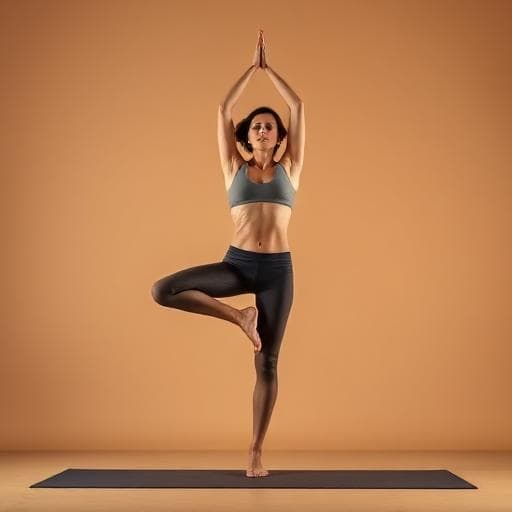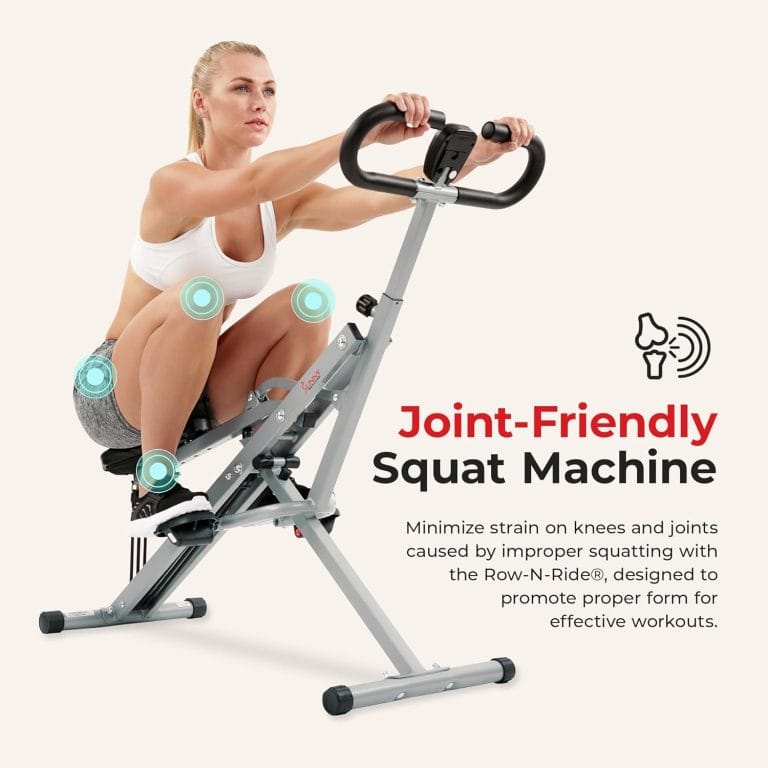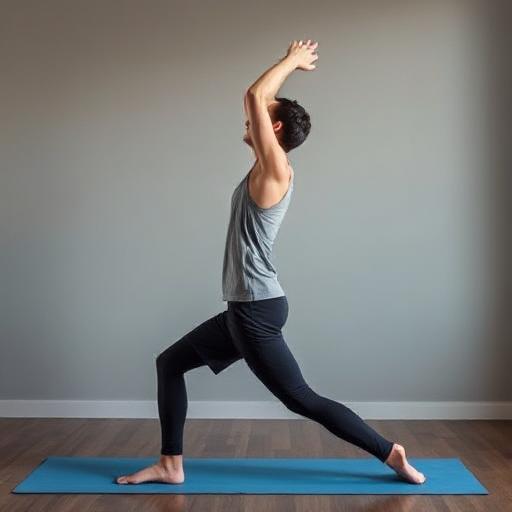Stretching and Mobility for Tall Bodies: Prevent Back and Joint Pain

If you’re tall, you probably understand the challenges that come with maintaining flexibility and mobility. Whether it’s tight hips, sore knees, or back discomfort, tall individuals often experience more strain due to their longer limbs and larger frame. Fortunately, incorporating stretching and mobility exercises into your routine can help prevent back and joint pain, boost your range of motion, and improve overall mobility.
In this article, we’ll explore effective stretching and mobility exercises specifically designed for tall bodies. We’ll focus on alleviating common pain points, improving flexibility, and providing practical tips to help you feel more comfortable in your body.
Why Stretching and Mobility Matter for Tall People
Tall individuals tend to have different biomechanics due to their longer limbs and taller frames. This can lead to specific issues like:
1. Joint Stress
With longer limbs, there is more pressure on your joints, particularly in the knees, hips, and lower back. Without proper stretching and mobility work, these areas can become stiff or painful over time.
2. Poor Posture
Tall individuals are more prone to slouching or rounding their shoulders, especially if they spend long hours sitting or working on a computer. This can lead to imbalances and muscle tightness, which can contribute to chronic pain.
3. Limited Range of Motion
Tall bodies often experience limited flexibility, particularly in the hips, hamstrings, and lower back. Stretching helps to counteract tightness and increases your range of motion, making movement easier and more fluid.
Stretching Exercises for Tall Bodies
To prevent back and joint pain, tall individuals should focus on stretching exercises that target the muscles most affected by tightness. These exercises will improve flexibility and help alleviate discomfort.
1. Hamstring Stretch
The hamstrings are often tight for tall people due to longer legs. This stretch helps lengthen the muscles at the back of your thighs, reducing tightness and pain in the lower back.
How to Perform:
Sit on the floor with one leg extended straight in front of you and the other leg bent at a 90-degree angle.
Reach forward toward the toes of your extended leg while keeping your back straight.
Hold the stretch for 20-30 seconds and repeat on the other leg.
2. Hip Flexor Stretch
Tall people may experience tight hip flexors from sitting for extended periods or from walking with a longer stride. Tight hip flexors can contribute to lower back pain.
How to Perform:
Step one foot forward into a lunge position, keeping the back knee on the ground.
Shift your weight forward to feel a stretch in the front of the hip on the extended leg.
Hold for 30 seconds on each side.
3. Cat-Cow Stretch
The cat-cow stretch helps to improve spinal mobility and reduce stiffness in the back and neck, which are common issues for tall individuals.
How to Perform:
Start on your hands and knees in a tabletop position.
As you inhale, arch your back downward, lifting your head and tailbone (cow pose).
As you exhale, round your back upward, tucking your chin toward your chest (cat pose).
Repeat for 10-15 rounds.
4. Quadriceps Stretch
Tall individuals may experience tight quadriceps, especially after long periods of sitting. Stretching these muscles will help alleviate tension in the front of the thighs and improve posture.
How to Perform:
Stand tall and hold onto a wall or chair for support.
Bend one knee and bring your heel toward your glutes.
Hold your ankle with your hand and gently pull your foot closer to your body.
Hold the stretch for 20-30 seconds and repeat on the other side.
5. Lower Back Stretch
A tight lower back is a common issue for tall people due to increased strain on the spine. This stretch targets the muscles in the lower back and helps relieve tension.
How to Perform:
Lie on your back with your knees bent and feet flat on the floor.
Cross one leg over the other, and gently pull the knee of the crossed leg toward your chest.
Hold for 30 seconds and repeat on the other side.
Mobility Exercises for Tall People
In addition to stretching, mobility exercises are essential for maintaining joint health and flexibility. Mobility work helps keep your joints fluid and reduces stiffness, allowing for more ease in movement.
1. Hip Circles
Hip circles help improve the range of motion in your hip joints, which are often tight for tall individuals.
How to Perform:
Stand with your feet shoulder-width apart.
Place your hands on your hips and gently rotate your hips in a circular motion.
Perform 10-15 circles in each direction.
2. Thoracic Spine Rotation
This exercise helps improve upper back mobility, which is especially important for tall people who may experience poor posture or stiffness in the upper back and shoulders.
How to Perform:
Sit on the floor with your legs crossed.
Place your right hand on your left knee and gently twist your torso to the left, looking over your shoulder.
Hold for 15-20 seconds and switch sides.
3. Ankle Mobility
Tall people often have longer limbs, which can put additional pressure on the ankles. Mobility exercises for the ankles help to prevent stiffness and improve movement.
How to Perform:
Stand with your feet hip-width apart.
Lift one foot off the ground and rotate your ankle clockwise, then counterclockwise for 10-15 circles each.
Repeat on the other foot.
4. Shoulder Rolls
Tall people often experience tightness in the shoulders and upper back. Shoulder rolls help relieve this tension and improve mobility in the shoulder joints.
How to Perform:
Stand or sit with your arms by your sides.
Slowly roll your shoulders forward in a circular motion 10-15 times.
Reverse the direction and roll your shoulders backward for 10-15 times.
Benefits of Stretching and Mobility for Tall People
Incorporating stretching and mobility exercises into your routine offers a variety of benefits, including:
Reduced Joint Pain: By targeting areas like the hips, knees, and lower back, stretching helps alleviate joint pain and prevents future discomfort.
Improved Flexibility: Regular stretching improves your range of motion, making it easier to perform daily activities and exercises.
Better Posture: Mobility and stretching exercises help with posture correction, reducing the likelihood of slouching or misalignment.
Enhanced Performance: A flexible, mobile body can perform better in sports and other physical activities by reducing stiffness and improving movement efficiency.
Key Takeaways
Stretching and Mobility: Tall people benefit from a combination of stretching and mobility exercises to prevent back and joint pain, improve flexibility, and enhance overall movement.
Target Specific Areas: Focus on areas like the hips, hamstrings, lower back, and shoulders, which are more prone to tightness and discomfort in tall individuals.
Posture Matters: Incorporate posture-correcting exercises to help maintain spinal alignment and reduce the risk of slouching.
Consistency is Key: Regular stretching and mobility exercises will lead to long-term benefits, including improved flexibility, reduced pain, and better overall wellness.
FAQ: Stretching and Mobility for Tall Bodies
Q1: How often should I stretch?
For optimal results, aim to stretch at least 3-4 times per week. Incorporating stretching into your daily routine is even more beneficial.
Q2: Can stretching really help with back pain?
Yes, stretching is one of the most effective ways to relieve back pain. Stretching the muscles around your spine, hips, and legs helps reduce tension and improves flexibility, which can ease discomfort.
Q3: How do I improve my posture?
Focus on strengthening your core, stretching your chest, and incorporating posture-correcting exercises like shoulder rolls and back extensions.
Q4: Is it okay to stretch before exercising?
Yes, but it’s important to warm up first with dynamic stretches or light cardio. Static stretching is best after your workout to prevent injury.
